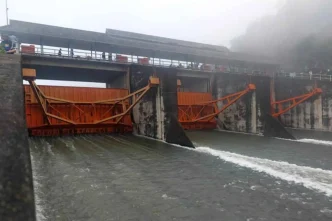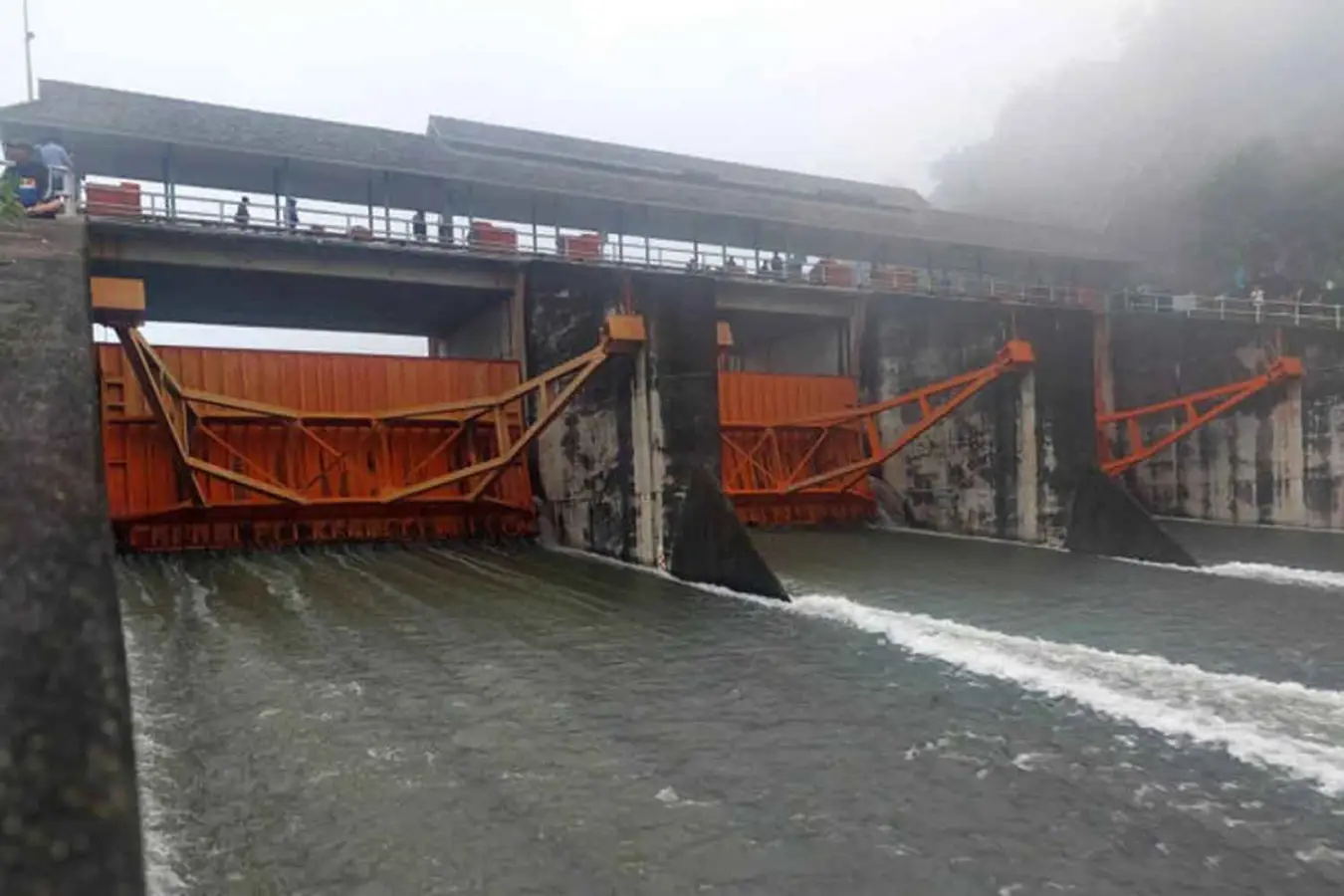A 4.5 magnitude earthquake struck Chiang Mai province in northern Thailand on Monday, June 2, prompting swift action from the Royal Irrigation Department to inspect 11 dams in the region. Officials have confirmed that all structures remain stable and safe, alleviating concerns over potential impacts on public safety and water management systems critical to the area. The event, centered in Mae Pang Subdistrict of Phrao District, has highlighted the importance of robust infrastructure and disaster preparedness in a region prone to seismic activity.
Immediate Response to Seismic Event
The earthquake, recorded at 2:07 PM local time, had its epicenter just 1 kilometer below the surface at latitude 19.175° North and longitude 99.189° East. Within hours, the Royal Irrigation Department mobilized teams to assess the structural integrity of dams within a 25-kilometer radius of the epicenter. Among the inspected sites was the Mae Ngat Somboon Chon Dam in Mae Taeng District, located approximately 15.75 kilometers from the quake’s center.
Suriyapol Nuchanong, Director-General of the Royal Irrigation Department, reported that advanced earthquake measuring devices were deployed during the inspections. At Mae Ngat Somboon Chon Dam, the maximum acceleration recorded at the dam’s crest was a mere 0.0153g—well below the safety threshold of 0.2g for which the structure was designed. “This proves that the dam is stable and strong according to engineering standards” said Nuchanong, reassuring the public of the department’s findings.
Rigorous Inspections and Safety Standards
The department’s response adhered to guidelines set by the International Commission on Large Dams (ICOLD), a globally recognized authority on dam safety. Initial assessments of all 11 dams in the vicinity confirmed no visible damage or impact on their structures or associated water management systems. These dams play a vital role in irrigation and flood control for Chiang Mai, a province known for its agricultural productivity and seasonal monsoon challenges.
Officials emphasized that the inspections were not a one-off measure. The department maintains 24-hour monitoring systems and a team of experienced personnel ready to respond to natural disasters. This continuous vigilance, they noted, ensures that any potential issues are identified and addressed promptly, safeguarding communities that rely on these critical infrastructures.
Context of Seismic Activity in Northern Thailand
Northern Thailand, including Chiang Mai, lies in a seismically active zone near the convergence of tectonic plates. While major earthquakes are less frequent compared to regions like Indonesia or the Philippines, smaller tremors are not uncommon. The 4.5 magnitude quake on June 2, though moderate, serves as a reminder of the region’s vulnerability and the need for resilient infrastructure.
Historically, Chiang Mai has experienced seismic events that have tested local preparedness. A notable 6.3 magnitude earthquake in 2014 caused significant damage in the region, including structural cracks in buildings and disruptions to daily life. Since then, authorities have invested in strengthening infrastructure and improving disaster response mechanisms, with dams being a key focus due to their importance in water security and flood prevention.
Public Reassurance and Preparedness
In the wake of the recent quake, the Royal Irrigation Department has sought to reassure residents about its readiness to manage such events. Beyond the technical assessments, officials have communicated directly with communities near the dams, providing updates on the safety status and outlining measures in place to protect against future risks. This transparency is crucial in a region where trust in public institutions can influence how communities respond to natural disasters.
The department also highlighted that ongoing monitoring will continue, with regular inspections scheduled to ensure the dams remain in optimal condition. For many residents, this commitment offers a sense of security, particularly as the rainy season approaches, bringing with it heightened concerns about flooding and water management.
Broader Implications for Infrastructure Resilience
The successful inspection of Chiang Mai’s dams following the June 2 earthquake underscores a broader narrative of infrastructure resilience in Thailand. The country has faced numerous environmental challenges in recent years, from floods to droughts, each testing the capacity of its water management systems. Dams, in particular, are linchpins in this system, balancing the need for irrigation, hydroelectric power, and flood control.
Experts note that while the current safety confirmation is reassuring, it also highlights the importance of long-term planning. Aging infrastructure, combined with the increasing unpredictability of climate patterns, poses ongoing challenges. Investments in modernizing dams and enhancing monitoring technologies could further bolster safety, ensuring that structures like those in Chiang Mai remain robust against natural disasters.
Moreover, the event draws attention to the need for regional cooperation. Northern Thailand’s proximity to borders with Myanmar and Laos means that seismic events can have cross-border implications, particularly for shared water resources. Collaborative frameworks for disaster response and infrastructure safety could enhance preparedness across the region, benefiting communities on all sides.
Community Perspectives and Forward-Looking Measures
For local farmers and residents in Chiang Mai, the dams are more than just infrastructure—they are lifelines. The assurance of their stability after the earthquake has been met with relief, though some express lingering concerns about future events. Community leaders have called for greater public education on disaster preparedness, emphasizing the role of local knowledge in complementing official responses.
As Thailand continues to navigate the complexities of environmental and seismic risks, the Royal Irrigation Department’s swift action in Chiang Mai offers a model of effective crisis management. Yet, questions remain about how these efforts can be scaled and sustained over time. With climate change amplifying the frequency and intensity of natural disasters, the resilience of critical infrastructure will likely remain a pressing concern for policymakers and communities alike.
For now, the dams of Chiang Mai stand as a testament to engineering standards and proactive governance. As monitoring continues and lessons from each event are integrated into future planning, there is hope that such infrastructure will not only withstand tremors but also support the region’s long-term sustainability.
















